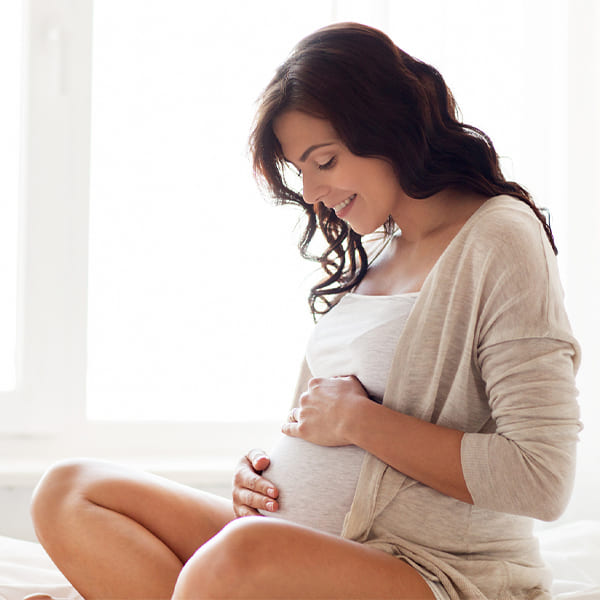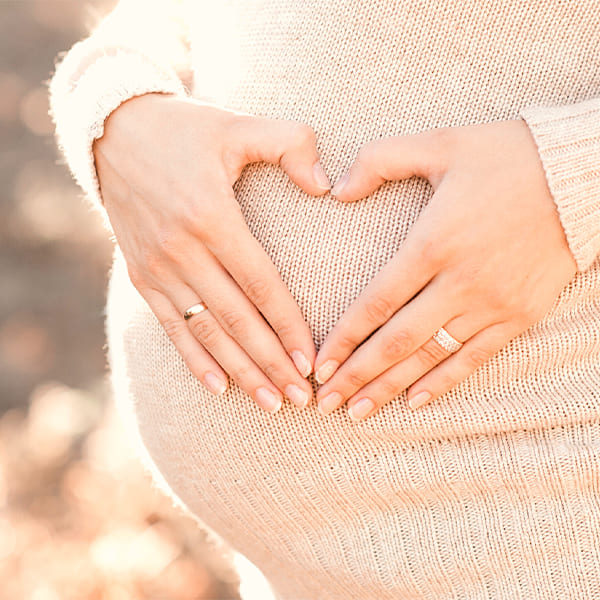- Home
- About Us
- Why BFI
- Treatments
Advanced IVF Treatment
Donor Services
Fertility Preservation
Advanced IVF Treatment
Donor Services
Fertility Preservation
- Locations
- Resources
- Contact Us
Fibroids are noncancerous growth from the uterine muscle. It is estimated that 60 to 80% of women will develop fibroid during their lifetime. Fibroids are also called myomas or leiomyomas.
Fibroids
What are fibroids?
The uterus has 3 layers:
- Inner endometrial layer that develops every month and is partly shed during menstruation
- Middle muscle layer forming the main bulk of the uterus
- An outer smooth thin covering layer
Fibroids develop from the middle muscle layer. The chances of developing cancer in fibroids are really extremely rare. Therefore, it is reasonable for women without symptoms to opt for observation rather than surgery.
Fibroids can be single or multiple. It can vary in sizes from almost invisible to large masses that may reach up to the size of a watermelon or even more.
Symptoms
Many fibroids do not cause any symptom and are detected only during routine sonography or examination.
The most common symptoms are heavy and prolonged menstrual periods.
Blood loss can lead to anaemia which may cause weakness and breathlessness on exertion.
Larger fibroids can cause pressure to the surrounding area and cause continuous pelvic pressure or pelvic pain, increased frequency of urination, Constipation or backache.
Painful periods are not commonly associated with fibroids, and any other uterine problem needs to be ruled out.

Types
Uterine fibroids can usually be classified into three types based on their location.
- Subserosal fibroids grow on the outside of the uterus.
- Intramural fibroids grow within the wall of the uterus.
- Submucosal fibroids grow inside the cavity of the uterus.
Why fibroids develop
There is no clear understanding of the exact reason why fibroid develops. Fibroids tend to grow better in an estrogenic environment. Fibroids continue to grow during the reproductive age. After menopause, they stop growing or reduce in size.
Common risk factors are:
- Age: Fibroids become more common as women age, especially during their 30s and 40s and up to menopause.
- Family history: Having a family member with fibroids increases the risk. If a woman’s mother had fibroids, her risk of having them is about three times higher than average.
- Ethnic origin: Black women are more likely to develop fibroids, and Asian women are less likely to develop fibroids than other ethnicities.
- Obesity: Women who are overweight are at higher risk for fibroids. For very heavy women, the risk is two to three times greater than average.
How does fibroid affect fertility?
According to the American Society of reproductive medicine, fibroid affects 5 to 10% of infertile women.
A fibroid may alter the size of the uterine lining where the embryo implants or may hamper the blood supply to the uterine lining interfering with implantation. The exact reason is poorly understood.
In general, fibroids that are large or affect the shape of the uterine lining may affect fertility more.
The decision to remove a fibroid that might be causing infertility depends on the size and location of the fibroid and other factors leading to infertility.
We can provide you with the best guidance on fibroid management, whether fibroid removal is actually required or not. We have unmatched surgical expertise and safety for optimum results.
Pregnancy with fibroids

Pregnant women with fibroids have a higher chance of developing pregnancy complications. Usually, it is not recommended to remove fibroids before planning a pregnancy unless you had an adverse pregnancy event in the past or fibroids are very large.
Although women with fibroids do have miscarriages, recent research is showing that uterine fibroids alone rarely cause miscarriage.
Fibroids may increase chances of preterm birth, Requirement of Caesarean section ( CS delivery), among other pregnancy complications.
Diagnosis
Ultrasound Usually simple abdominal or vaginal ultrasound is enough to diagnose a fibroid.
MRI Fibroids may occasionally be difficult to differentiate from adenomyosis, another noncancerous mass arising from the uterus. MRI may more accurately differentiate between the two lesions.
Treatment
Medicines Various medical treatments like GnRH agonists, Hormone releasing intrauterine devices, and birth control pills are available. Medicine may not be suitable for all patients. The selection of the best patients suitable for medical treatment depends on age, fibroid size, ovarian function etc. We at Bavishi Fertility Institute can help you select the best suitable treatment for you.
Surgery Surgery is an effective option for fibroids, particularly when women want to preserve their fertility.
Myomectomy This procedure removes the fibroid and may or may not involve taking a stitch on the uterus.
Depending on the location, it can be done by hysteroscopy (passing a scope through the vagina )for submucous fibroids or through laparoscopy. Laparoscopic procedures are done with a scope introduced in the abdomen and with small instruments measuring 5 to 10 mm. Read more about laparoscopy and hysteroscopy
Hysterectomy It means the removal of the uterus. This can be done by laparoscopy or by abdominal or vaginal surgery.
If you have completed your family, it may be a better option compared to myomectomy. Hysteroscopy may affect ovarian function; if other options are feasible, it may be better to avoid hysterectomy till 40 years of age.
Uterine artery embolization This procedure uses a flexible tube to inject small particles (embolic agents) into the uterine arteries, which supply blood to your fibroids and uterus. The procedure is done under fluoroscopy (X-ray) guidance. The aim is to reduce blood supply to the fibroids causing them to shrink and die. Patients unfit for surgery due to various medical reasons may consider this approach. It can reduce fertility to some extent.
MRI guided Focused Ultrasound
- It uses high-frequency ultrasound waves to dissolve fibroid tissue. This treatment requires a special MRI machine wherein the sound waves are focused on the fibroid and will heat up only the fibroid tissue and not the surrounding tissues.
The patient may require more than one treatment. However, there are some limitations of this treatment.
Advantage Bavishi Fertility Institute
We at BFI have the latest generation endoscopy system with maximum safety to perform surgery with precision and safety.
We have experience with various nonsurgical methods for the management of fibroid.
